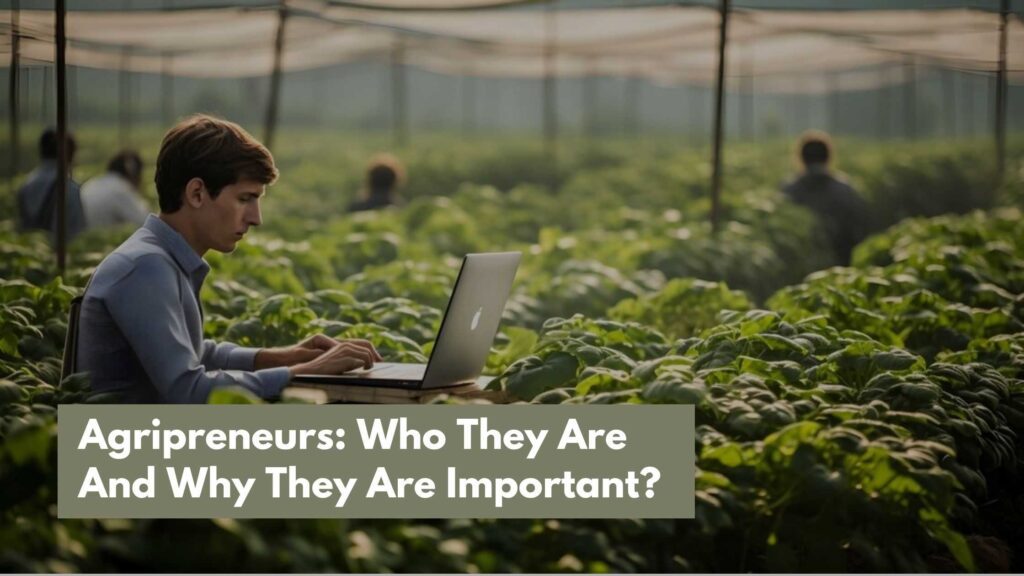Introduction
The need for sustainable solutions is rising as cities develop and expand. Urban farming and rooftop gardens are two new solutions to this problem. While rooftop gardens include converting the roofs of buildings into green spaces for growing plants, urban farming produces commodities and rearing animals in urban environments. Increased food security, better air quality, a less urban heat island effect, and improved community participation are just a few advantages that these practices provide.
In this blog article, we’ll examine the idea of urban farming and its benefits to our metropolitan environments.
What are rooftop gardens?
Rooftop gardens are green zones built on buildings that use underutilized rooftop space for growing plants. From tiny container gardens to more elaborate agricultural systems, these gardens can range in size and complexity.
Rooftop gardens offer several advantages. They minimize the urban heat island effect by lowering heat absorption and cooling the surrounding air through evapotranspiration. They enhance air quality by collecting carbon dioxide, releasing oxygen, and filtering impurities. Additionally, rooftop gardens support urban biodiversity by providing homes for birds, insects, and other species. By absorbing rain and relieving pressure on urban drainage systems, they also assist in managing stormwater runoff.
Rooftop gardens provide opportunities for social interaction, urban agriculture, and leisure. They offer areas where locals may cultivate food, connect with nature, and support environmentally friendly behaviors. Rooftop gardens may encourage social interaction and improve the standard of living in cities by acting as meeting places or rooftop parks.
The Rise of urban farming
Historical context
The idea of urban farming has been introduced previously. Humans have farmed Small pieces of land inside city boundaries throughout history to augment their food sources. But with the recent century’s growing urbanization, concrete jungles have replaced traditional farmland, and the significance of urban farming has been rediscovered.
The Benefits of Urban Farming
Numerous benefits of urban farming include:
- Better food security.
- Easier access to fresh produce.
- Lower transportation costs and carbon emissions.
It also helps promote community development, education, and employment growth. Urban farming also helps optimize land usage and unlock the potential of urban regions by utilizing underutilized locations like unused lots, rooftops, and vertical gardens.
Rooftop Gardens: Green Oases in the Sky
Transforming Rooftops into Productive Spaces:
Rooftop gardens provide a unique chance to transform underused spaces into lively, valuable places. Urban residents may increase biodiversity, cultivate their food, and create green places amidst the concrete jungle by using rooftop spaces for agriculture.
Types of Rooftop Gardens
Intensive gardens, vast gardens, and hydroponic systems are just a few of the several kinds of rooftop gardens. Intensive gardens may support larger-scale agricultural activities and are made for producing a variety of crops. On the other side, extensive gardens emphasize low-maintenance, drought-tolerant species. Without soil, hydroponic systems provide an effective method for growing crops in nutrient-rich water solutions.
Urban farming benefits
There are many benefits rooftop gardens have for urban settings. By absorbing and decreasing heat, offering insulation, and lowering energy usage, they aid in lessening the urban heat island effect. Additionally, these green areas reduce stormwater runoff, clean the air, and offer homes for birds and insects. Rooftop gardens also provide places for leisure and enjoyment, enhance visual appeal, and support mental health.
Urban Farming Techniques
Vertical farming: Using hydroponic, aeroponic, and aquaponic methods, vertical farming includes growing crops in layers that are stacked vertically. With this novel method, production may occur throughout the year, regardless of the weather outside.
Container Gardening: Growing plants in pots, containers, or raised beds is a typical urban farming technique known as container gardening. It offers flexibility, takes up little room, and makes transportation and maintenance simple. People with limited access to land or those who live in flats may consider container gardening in particular.
Aquaponics: Aquaponics blends hydroponic plant growing with aquaculture and raising fish. A sustainable and closed-loop ecosystem is created in this method where fish excrement feeds the plants with nutrients, and the plants clean the water.
Implementing Urban Farming Initiatives
Guidelines and Rules Cities must create enabling policies and rules to encourage urban farming and rooftop gardens. This entails dealing with zoning constraints, offering rewards and financial assistance, and developing standards for secure and sustainable agriculture practices in urban settings.
Cooperation and Instruction Urban agricultural efforts must involve cooperation between governmental entities, neighborhood groups, and educational institutions. We can foster a culture of sustainability and enable people to engage in urban farming by sharing knowledge, offering training programs, and planning community activities.
Community Participation Urban agricultural ventures must involve the community to succeed and endure. Community gardens, farmer’s markets, and educational seminars promote a sense of belonging, create social relationships, and spread knowledge about environmentally friendly food production.
Conclusion
Urban farming and rooftop gardens provide creative answers to the problems that face contemporary cities. By incorporating agriculture into urban environments, we can increase food security, raise air quality, slow climate change, and build dynamic, sustainable communities. With the appropriate legislation, partnerships, and community involvement, we can turn our cities into successful urban agriculture centers where people and nature can live in peace. Accepting urban farming is not simply a choice but a necessary step towards a more sustainable and environmentally friendly future.



